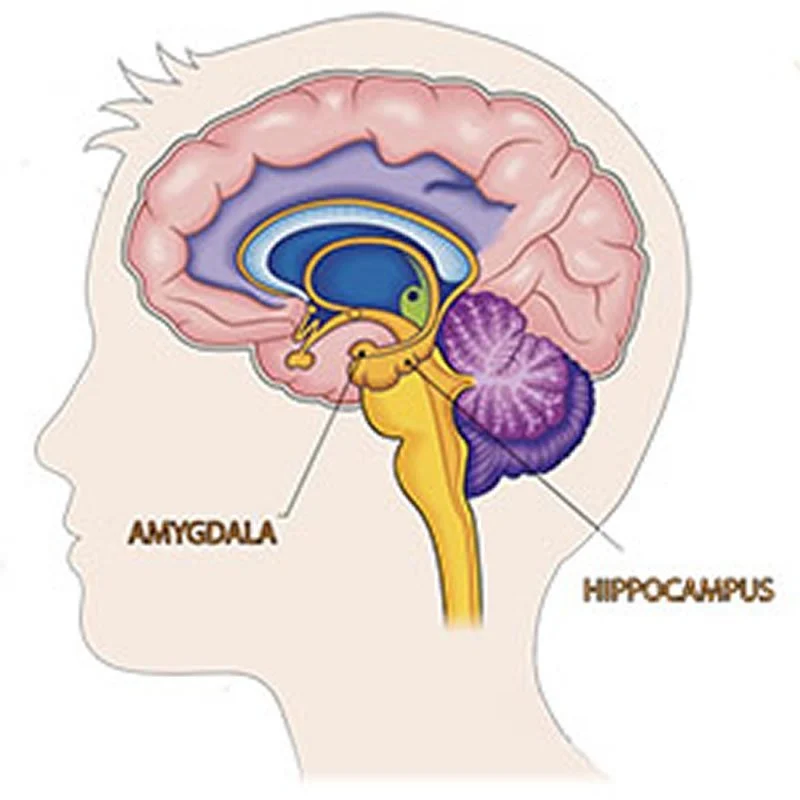Fear Conditioning Post #1

Fear Conditioning Fear conditioning is a form of classical conditioning. It is the mechanism we learn to fear people, objects, places, and events that are aversive such as an electric shock. In evolution, this form of associative fear learning plays a critical role in our survival from future threats. An example of this type of conditioning is the Little Albert study. Little Albert, an eleven-month-old infant baby used in John Watson and Rayner's 1920 study. Like many babies, Albert naturally feared deafening noises but had no aversion to white rats. Watson and Rayner presented him with a white rat, and when he touched it, they struck a hammer against a steel bar just behind his head. After seven repetitions of seeing the rat and hearing the frightening noise, Albert burst into tears at the mere sight of the rat. In conclusion, Albert showed some generalization of his learned fear response; he would cry at the sight of objects that resembled the